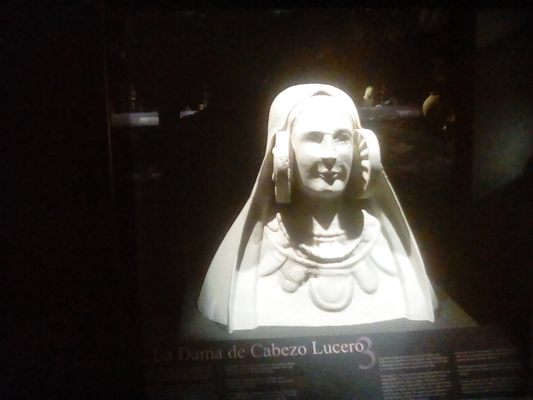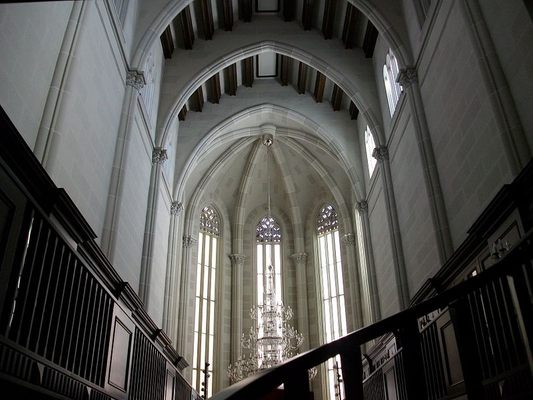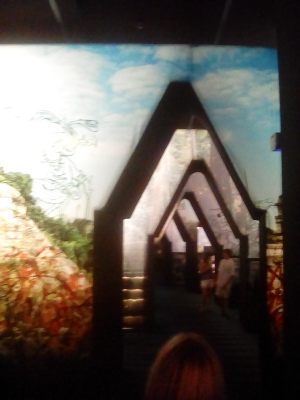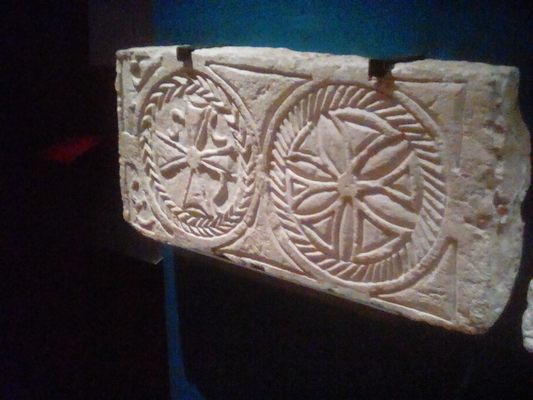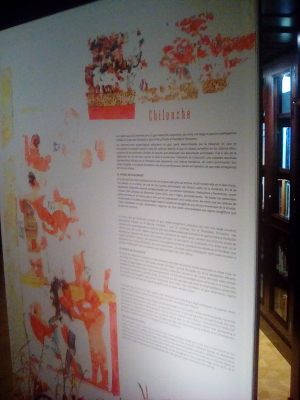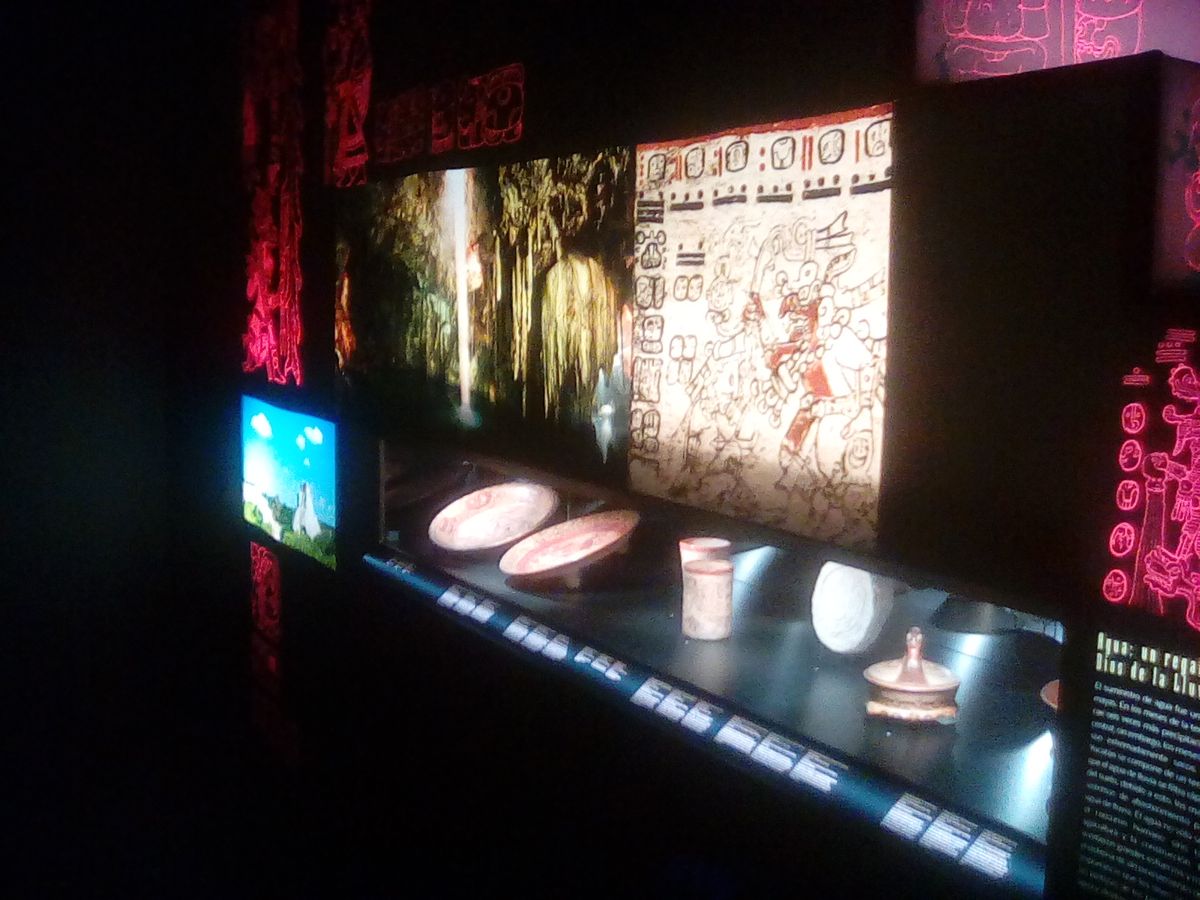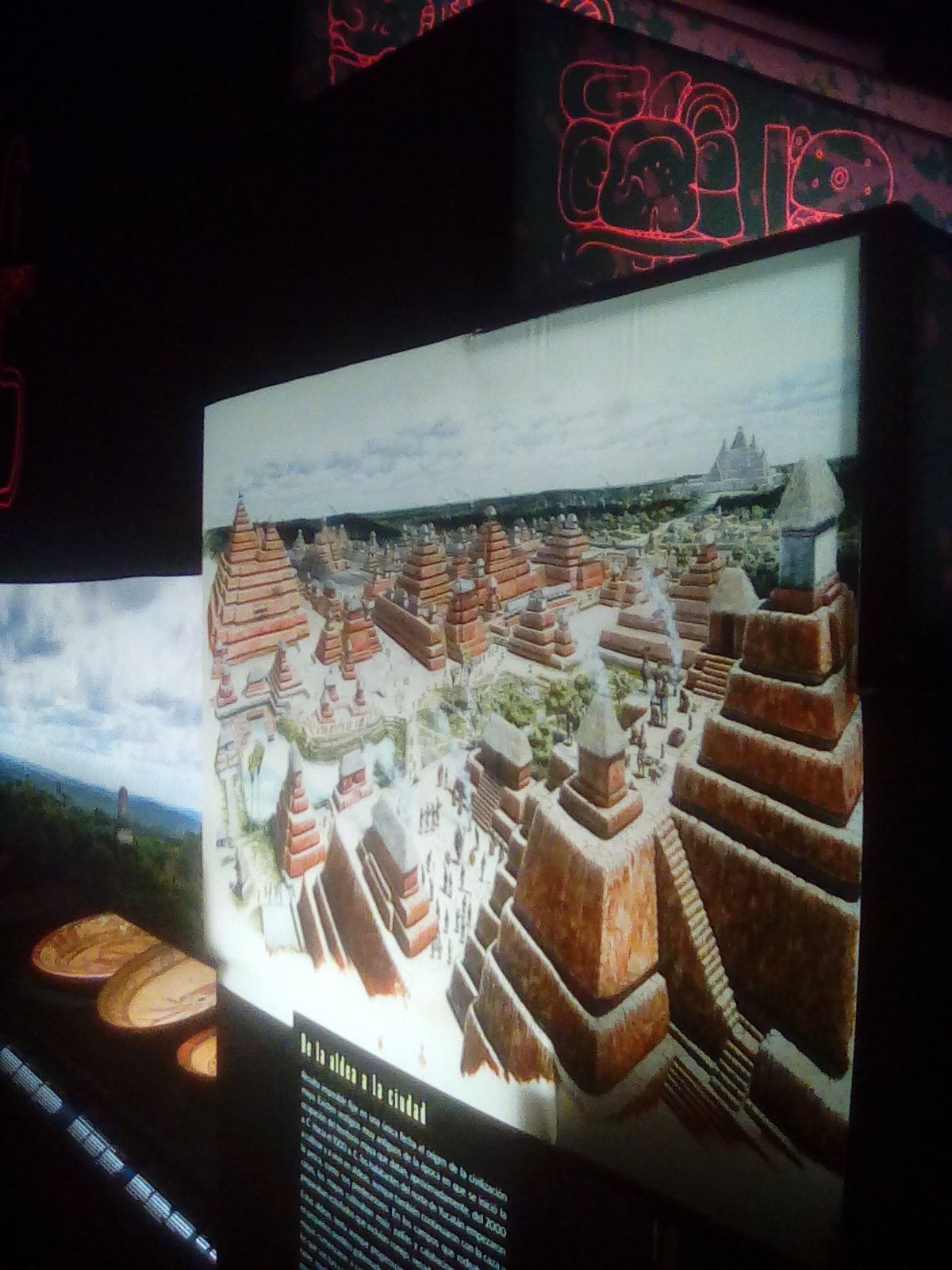About
Beneath the shadow of a large hill topped by the magnificent Santa Bárbara Castle, there’s a small museum that bills itself as the “first archaeological museum of the 21st century.”
Housed within the former Hospital of San Juan de Dios, the Archaeological Museum of Alicante (MARQ) is full of prehistoric treasures; Iberian, Roman, and medieval artifacts; and even relatively modern items from the local area.
The museum, which won the title of European Museum of the Year in 2004, somehow manages to marry both modern and traditional techniques when crafting its displays. Its contents are shown in five separate galleries, where traditional glass cases are accompanied by numerous informational boards and fantastic projection effects, which even include a few holograms.
One of the most exquisite exhibits is the Tresor de la Marina Alta which scholars have declared is either Iberian or Roman jewelry. It consists of four gold torques and a pendant, which were all found walled up in a site called Pic De L'aguila.
Three additional display spaces recreate scenes from archaeological investigations. Here, visitors walk across glass floors to peer down at the contents below. One of these displays is a reproduction of a dig where archaeologists searched for prehistoric artifacts in a cave. Another is a facsimile of an excavation in a Gothic building. A final multimedia display shows a marine archaeological endeavour to examine a sunken Roman ship, which is accompanied by video screens.
Then, in addition to all these fascinating fixtures, there’s also a separate area dedicated to temporary displays. In 2017, it was full of artifacts from and information about Mexico’s Mayan civilization. The stunning exhibit reflected the care and effort that was undertaken to present the on-loan material.
Related Tags
Know Before You Go
There's underground parking nearby at quite cheap rates (for Alicante). Admission in 2017 was only €3. MARQ is also responsible for the Lucentum site near San Juan and a small roman fish farming site, the Illeta dels Banyets, in nearby El Campello, for which combined tickets are available. Many but not all information boards are provided in English as well as Spanish and Valencian. Photography is allowed but with no flash. In the grounds of the museum is a small yet attractive bar with outside seating but which, in September 2017, seemed to be a little light on staff leading to a slow service.
Community Contributors
Added By
Published
October 3, 2017











